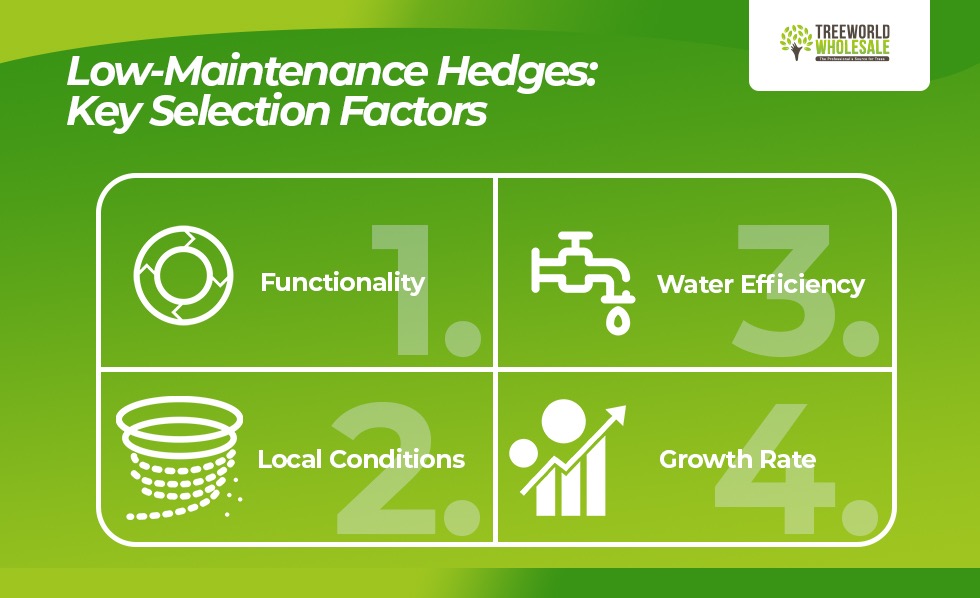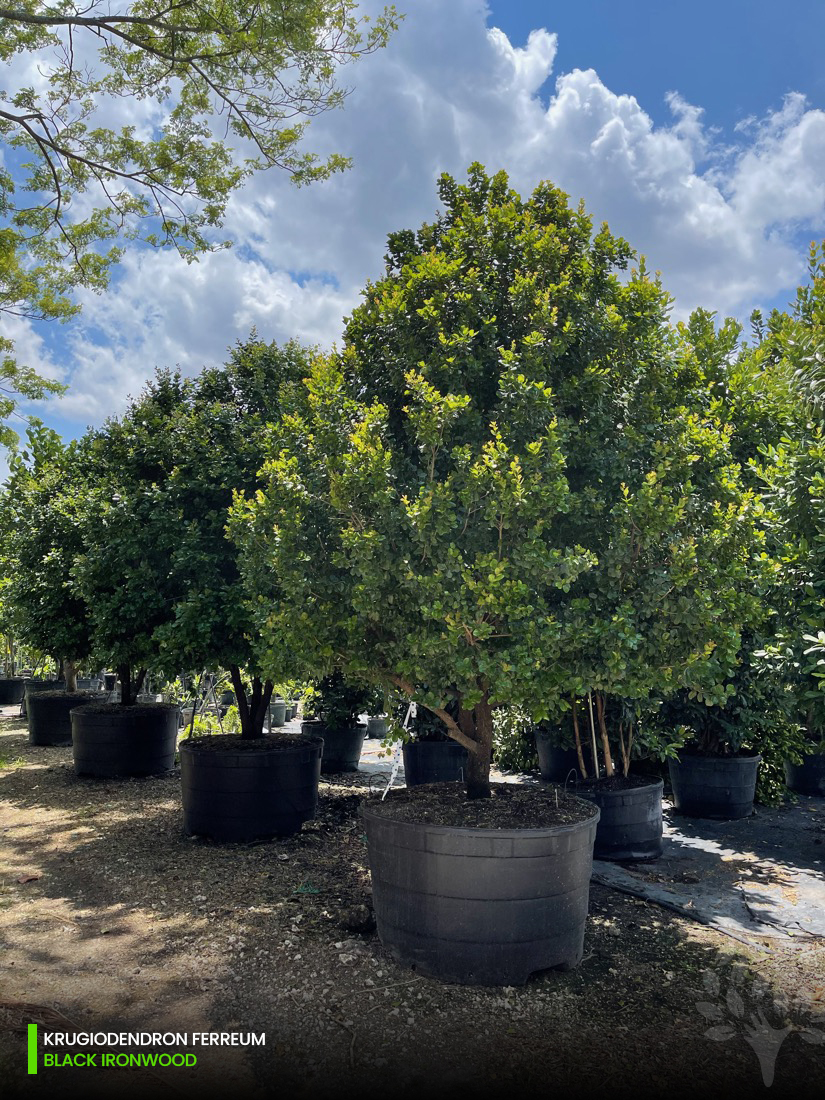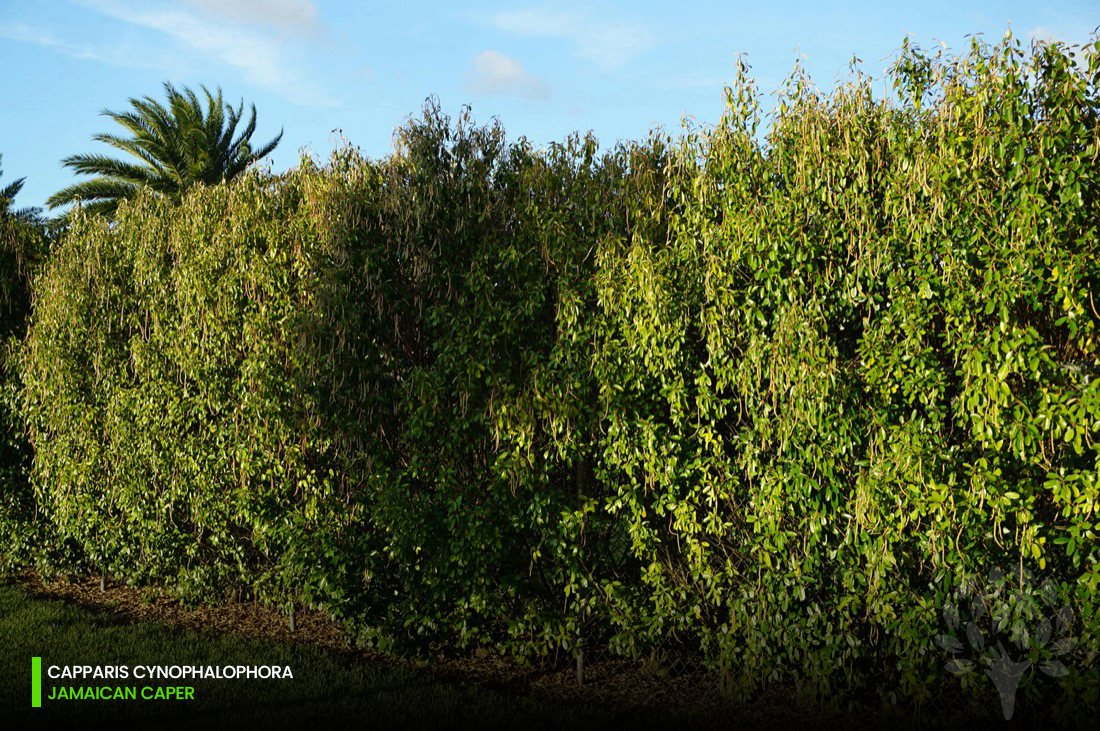Is there anything more appealing to a project than low-maintenance hedges? Because, let’s face it, hedges are crucial to landscape design for several reasons. And certainly, nothing is more attractive to a project designer or homeowner than finding the right low-maintenance hedging plants.
Low-maintenance landscaping
But the key lies in truly understanding what low maintenance entails. And how you can integrate it into your design or project. As something that works for some may not work for everybody. Low-maintenance landscaping refers to design principles and plant selections that require minimal time. Effort, and resources to maintain their health and appearance. A low-maintenance landscape is designed to reduce the need for frequent watering, pruning, fertilizing, and other maintenance tasks typically associated with traditional landscapes. By incorporating these principles into plant selections. A landscape can be designed to require less time, effort, and resources for upkeep. Allowing homeowners or property managers to enjoy a beautiful landscape with reduced obligations.
Best Low-Maintenance Hedges in Florida
What are the best low-maintenance hedges? We can distinguish six:
- Calophyllum Brasiliensis
- Pimenta Racemosa
- Conocarpus Erectus Seriseus
- Krugiodendron Ferreum
- Guaiacum Sanctum
- Coccoloba Diversifolia
In order to choose the best low-maintenance hedges for your upcoming projects and to keep homeowners at ease, it’s important to consult and factor out the process. You can count on TreeWorld for professional advice, guidance, and recommendations! Call us to set up an appointment.
What Are Hedging Plants?
So, for us to identify the best low-maintenance hedges for the area, we need to expand on the need for hedges and their particularities. These landscape elements function as natural barriers, providing both privacy and security. Additionally, hedges contribute to the visual appeal and aesthetics of a landscape. They can be shaped into various forms, from formal hedges with clean lines to informal hedges with a more organic appearance, adding both structure and beauty to outdoor spaces. Besides, hedges offer practical benefits like wind and noise reduction. By acting as windbreaks, they help create a more pleasant microclimate and reduce the impact of strong winds. Definitely, hedges are essential elements in landscape design, which is why the tree selection process is crucial, especially to guarantee low-maintenance hedging plants.
Factoring A Hedge Selection Process To Pick The Best Low-Maintenance Hedge Plant For You
But instead of just listing the best low-maintenance hedges, we want to go through the design process, walking through the different considerations to have in mind during the tree selection process. Especially when we are designing for a tropical area such as Florida and the Caribbean, that holds certain challenges.
Functionality
Functionality refers to ensuring the tree material will respond to the function it is meant to provide, whether it be decorative, windbreak, noise reduction, privacy hedges, or border definition.
One of our favorite and best-performing hedges is Calophyllum Brasiliensis, also known as the Brazil Beautyleaf. Due to its dense foliage with glossy, dark green leaves, it has a characteristic that allows it to create a visually appealing and effective hedge that offers privacy and serves as a windbreak tree. With low maintenance requirements once established. Being resistant to pests and diseases reduces the need for extensive treatments or interventions. Besides its generous spread, the dense, round crown makes the tree a great fit if you have large areas to cover.
Another tree that meets most of the requirements when revising functionality is the Bayrum tree (Pimenta racemosa). The tree naturally exhibits a dense and compact growth habit, making it well-suited for creating a solid and effective hedge. Its foliage tends to grow close together, providing privacy and acting as a visual barrier. Besides, due to its columnar growth, it is a great fit when it comes to narrow spaces.
Furthermore, it can be pruned and maintained to a desired height and shape. Allowing for flexibility in creating a well-defined hedge that fits the specific design requirements. Other qualities that make the Bayrum tree a low-maintenance option are pest resistance and high drought tolerance.
These are just two top-performing trees that, functionality-wise, hold a lot of qualities related to low-maintenance hedges for the area. There are a lot more that can be explored, depending on your needs. Contributing local biodiversity and create a habitat for wildlife.
Local Conditions
Another important aspect to keep in mind when choosing the right low-maintenance hedge tree material is the site’s characteristics and local climate. Including soil type, moisture content, wind patterns, and hardiness zones. Specifically for Florida and the Caribbean, you should keep in mind the high temperatures and intense sunlight. It will be important to find tree species that can tolerate and thrive in these conditions. With a preference for sun-loving plants. Options such as Green (Conocarpus Erectus) and Silver Buttonwood (Conocarpus Erectus var. Sericeus) are always a good idea.
Something else to consider is the humidity and amount of rainfall in the area. Choosing trees like the Simpson Stopper (Myrcianthes fragans), or Black Ironwood (Krugiodendron ferreum) that can handle high humidity, occasional flooding, and have good drainage capabilities.
Furthermore, due to the proximity to the ocean, it’s important to select hedge tree species that have a high tolerance for salt spray and soil salinity, as this will help them withstand the coastal environment. A great example is the Crabwood tree (Gymnanthes lucida), often used as a low-maintenance option in coastal hedges and landscaping projects. Because it withstands salt spray and tolerates sandy soils. Other factors that apply to the area include wind resistance and water efficiency. It’s best to choose trees that are drought-tolerant and can withstand gusty conditions without significant damage. For example, the native Jamaican Dogwood (Piscidia piscipula) is known for its drought tolerance and ability to handle windy conditions. Another option is Florida Lignum Vitae (Guiaicum sanctum), which, in addition to its alluring appearance, can handle drought and gusty.
It is crucial to take these climate considerations into account. Since when a tree is adapted to the area, its upkeep becomes much easier, making it a strategically low-maintenance choice.
Water Efficiency
As mentioned before, one of the key elements when it comes to selecting low-maintenance hedging plants is their drought tolerance. This is primarily important because trees with low water requirements, once established, significantly reduce the need for frequent irrigation and help conserve water. Great trees for this task include the Jamaican Caper (Capparis cynophallophora), known for its ability to tolerate drought conditions, and the native Pigeon Plum (Coccoloba diversifolia), popular for its drought tolerance.
Growth Rate
There are additional factors to take into consideration while considering a low-maintenance landscape design. For instance, fast-growing, low-maintenance hedge plants like Simpson Stopper (Myrcianthes fragrans), Silver Buttonwood (Conocarpus erectus var. sericeus), or Sea Grape (Coccoloba uvifera) Are great options, but you do need to consider their specific growing requirements and potential size at maturity. And although these hedges typically require less maintenance compared to other options. It’s also true that slower-growing trees require less frequent trimming and shaping. Reducing the amount of time and effort needed for maintenance.
















